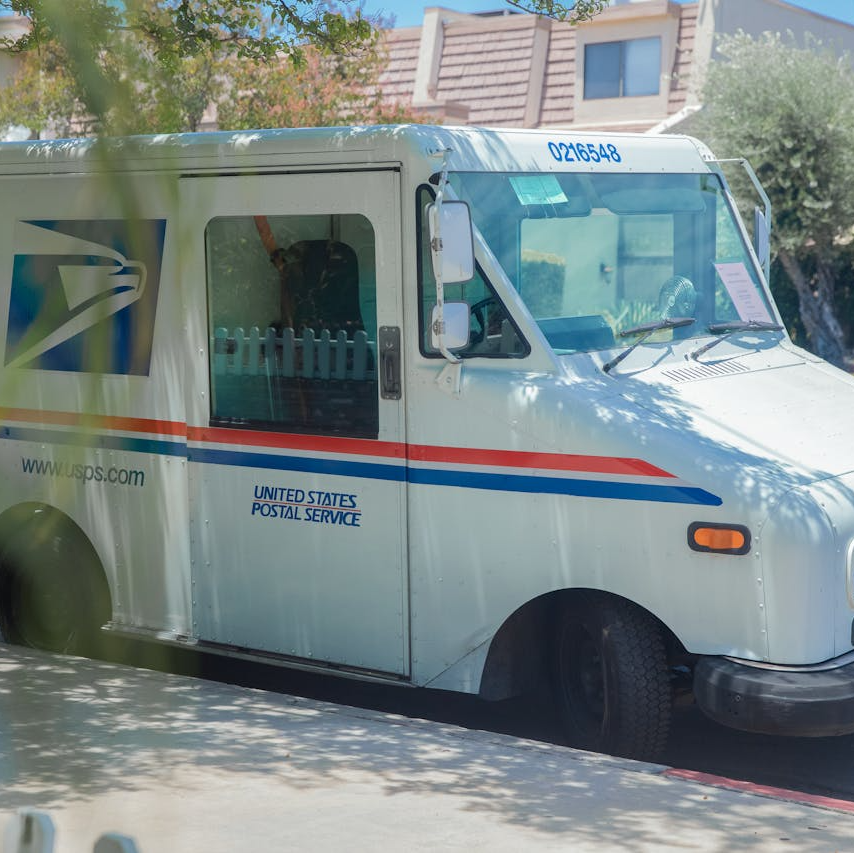Key Takeaways
-
PSHB plans include comprehensive medical, dental, and vision coverage, often with better integration for retirees who have Medicare Part B.
-
Understanding cost-sharing elements like premiums, deductibles, and copayments can help you determine whether PSHB meets your healthcare needs.
Understanding What PSHB Offers
The transition from the Federal Employees Health Benefits (FEHB) program to the Postal Service Health Benefits (PSHB) program has raised many questions for USPS employees and retirees. With this shift, you may be wondering whether the new benefits package lives up to expectations—or if it falls short.
To get a clear picture, let’s explore what’s included in PSHB, how it compares to past coverage, and whether it provides the security and affordability you need. Understanding these aspects will help you make an informed decision about your healthcare coverage.
Who Needs to Enroll in PSHB?
Enrollment in PSHB depends on your current employment or retirement status:
-
Active USPS employees must enroll in a PSHB plan to maintain coverage. Failure to do so may result in a loss of health benefits.
-
Retirees and annuitants must transition to PSHB if they want to keep their health benefits. This ensures continuous coverage without gaps.
-
Medicare-eligible retirees must be enrolled in Medicare Part B to retain PSHB coverage, except for those who retired before January 1, 2025, and are not already enrolled in Part B.
Failure to enroll in the required plans may lead to unexpected expenses and a lapse in healthcare coverage, making it essential to understand your obligations.
Medical Benefits: What’s Covered?
PSHB plans continue to provide a broad range of medical benefits, similar to FEHB but with a few notable changes:
-
Preventive Care: Annual checkups, vaccinations, and screenings with little to no out-of-pocket costs. These services help detect and prevent serious health conditions early on.
-
Hospital Services: Coverage for inpatient and outpatient procedures, surgery, and rehabilitation. This includes necessary hospital stays and procedures required for treatment.
-
Primary and Specialty Care: Visits to doctors, specialists, and urgent care facilities. Whether you need routine checkups or specialized care, PSHB ensures access to healthcare providers.
-
Emergency Services: Coverage for emergency room visits and ambulance services. In urgent situations, knowing your emergency care is covered provides peace of mind.
The exact benefits depend on the specific PSHB plan you choose, but these core services remain consistent. Reviewing your plan’s details will help you maximize your benefits.
Prescription Drug Coverage
For those who are Medicare-eligible, PSHB plans include a Medicare Part D Employer Group Waiver Plan (EGWP), which offers prescription drug benefits. This means:
-
Lower out-of-pocket costs on medications compared to standard Medicare Part D plans.
-
A $2,000 annual out-of-pocket cap for prescription drugs, significantly reducing long-term medication expenses.
-
A new payment option to spread medication costs evenly throughout the year, helping with budgeting.
For non-Medicare enrollees, prescription drug benefits vary by plan, so checking your specific PSHB coverage is essential. If you regularly take medication, understanding your plan’s drug formulary and costs can help you avoid surprises.
Dental and Vision: A Big Improvement?
One of the most anticipated aspects of PSHB is its expanded dental and vision coverage:
-
Dental Coverage: Includes routine cleanings, fillings, extractions, and major services like crowns and dentures. This expanded coverage ensures better oral health.
-
Vision Benefits: Covers eye exams, glasses, and contact lenses, with allowances for frames and lenses. Proper vision care can significantly improve your quality of life.
These benefits were previously only available through separate plans under FEDVIP, but PSHB integrates them more seamlessly. Having a single plan that covers multiple aspects of healthcare reduces complexity and administrative hassle.
Cost Considerations: Premiums, Deductibles, and Copays
A major factor in evaluating PSHB is cost-sharing, including:
-
Premiums: Government contributions cover around 70% of the total premium, with enrollees paying the rest. It’s important to compare plans to ensure affordability.
-
Deductibles: In-network deductibles range from $350-$500 for low-deductible plans and $1,500-$2,000 for high-deductible plans.
-
Copayments & Coinsurance:
-
Primary care visits: $20-$40
-
Specialist visits: $30-$60
-
Urgent care: $50-$75
-
Emergency room: $100-$150
-
Hospital stays: Coinsurance typically ranges from 10%-30% in-network and 40%-50% out-of-network.
-
These costs can vary based on the plan you select, so reviewing your options carefully is essential. Consider how often you visit the doctor and what medications you take when choosing a plan.
Medicare and PSHB: How Do They Work Together?
For retirees enrolled in Medicare, PSHB plans integrate seamlessly with Medicare Part B:
-
Many PSHB plans waive deductibles and lower copayments for those who have Medicare Part B.
-
Some offer Part B premium reimbursements, reducing out-of-pocket costs.
-
Medicare-eligible annuitants are automatically enrolled in Medicare Part D through their PSHB plan, ensuring prescription drug coverage.
This integration can provide significant savings compared to relying on Medicare alone or choosing a standalone supplement. If you are nearing Medicare eligibility, planning ahead can help maximize your benefits.
Out-of-Pocket Maximums: Protecting Against High Costs
A crucial aspect of PSHB plans is the out-of-pocket maximum, which ensures a cap on your healthcare expenses:
-
Self-Only Plan: $7,500 in-network
-
Self Plus One / Self & Family: $15,000 in-network
Once you hit this limit, the plan covers 100% of remaining covered expenses for the year. Understanding these limits can help you manage your healthcare budget more effectively.
Comparing PSHB to FEHB: What’s Different?
If you’re transitioning from FEHB, you may be wondering whether PSHB is an upgrade or a downgrade. Here’s a quick comparison:
-
More integration with Medicare: Stronger cost-sharing reductions for retirees.
-
Automatic Part D prescription drug enrollment: No need to enroll separately in Medicare drug coverage.
-
Potentially enhanced dental and vision coverage: Expanded options for enrollees.
-
More plan choices: A variety of PSHB plans offer different levels of coverage.
While the structure remains similar, these differences may provide better benefits for certain enrollees, especially retirees.
Ready to Evaluate Your Options?
With PSHB now in place, understanding your healthcare benefits is more important than ever. If you need guidance in selecting a plan that aligns with your needs, get in touch with a licensed agent listed on this website for professional advice.











